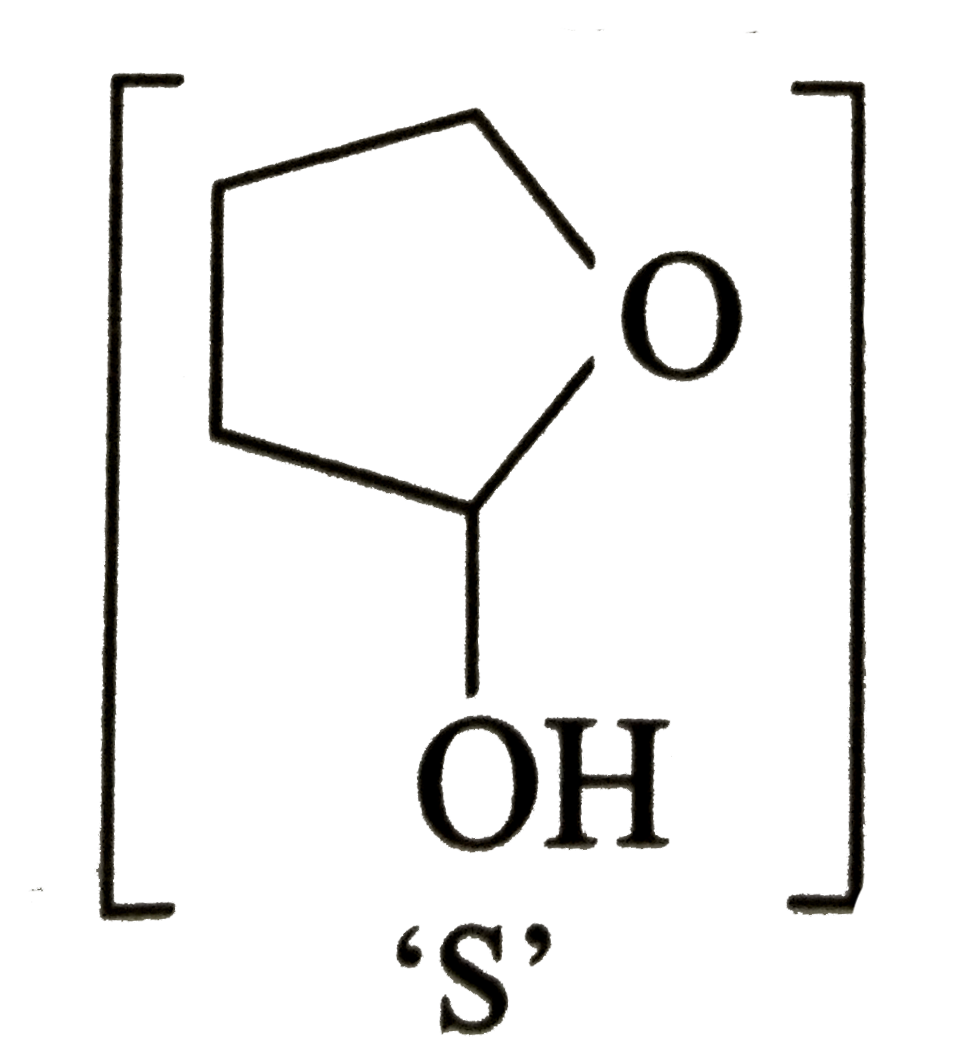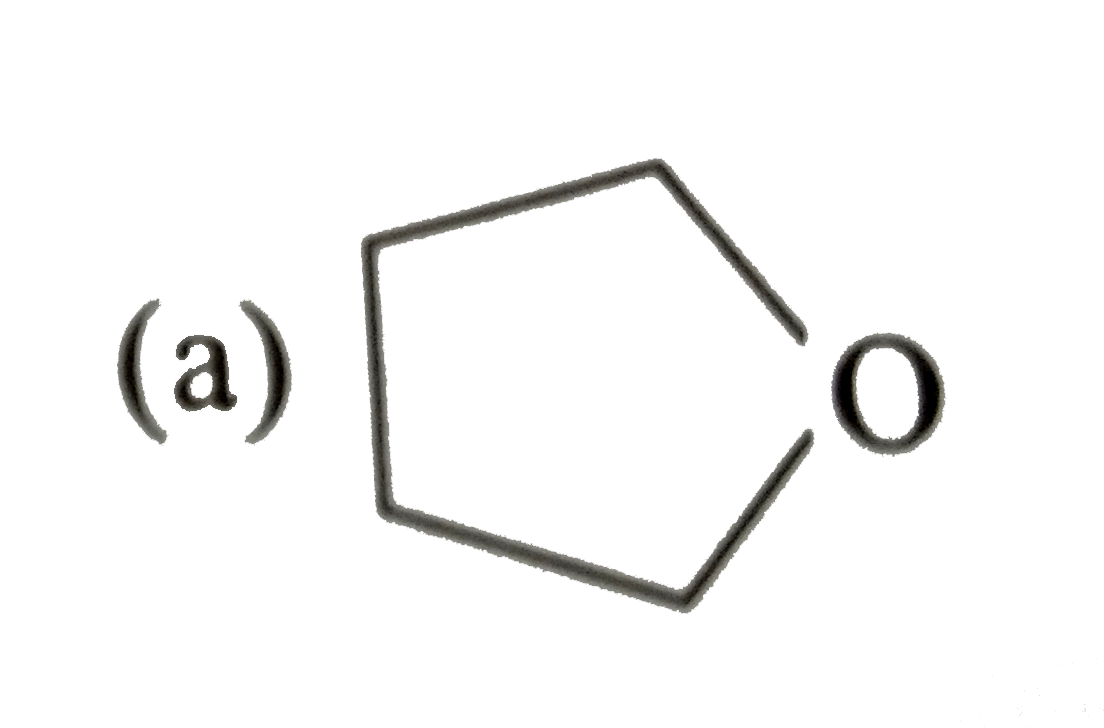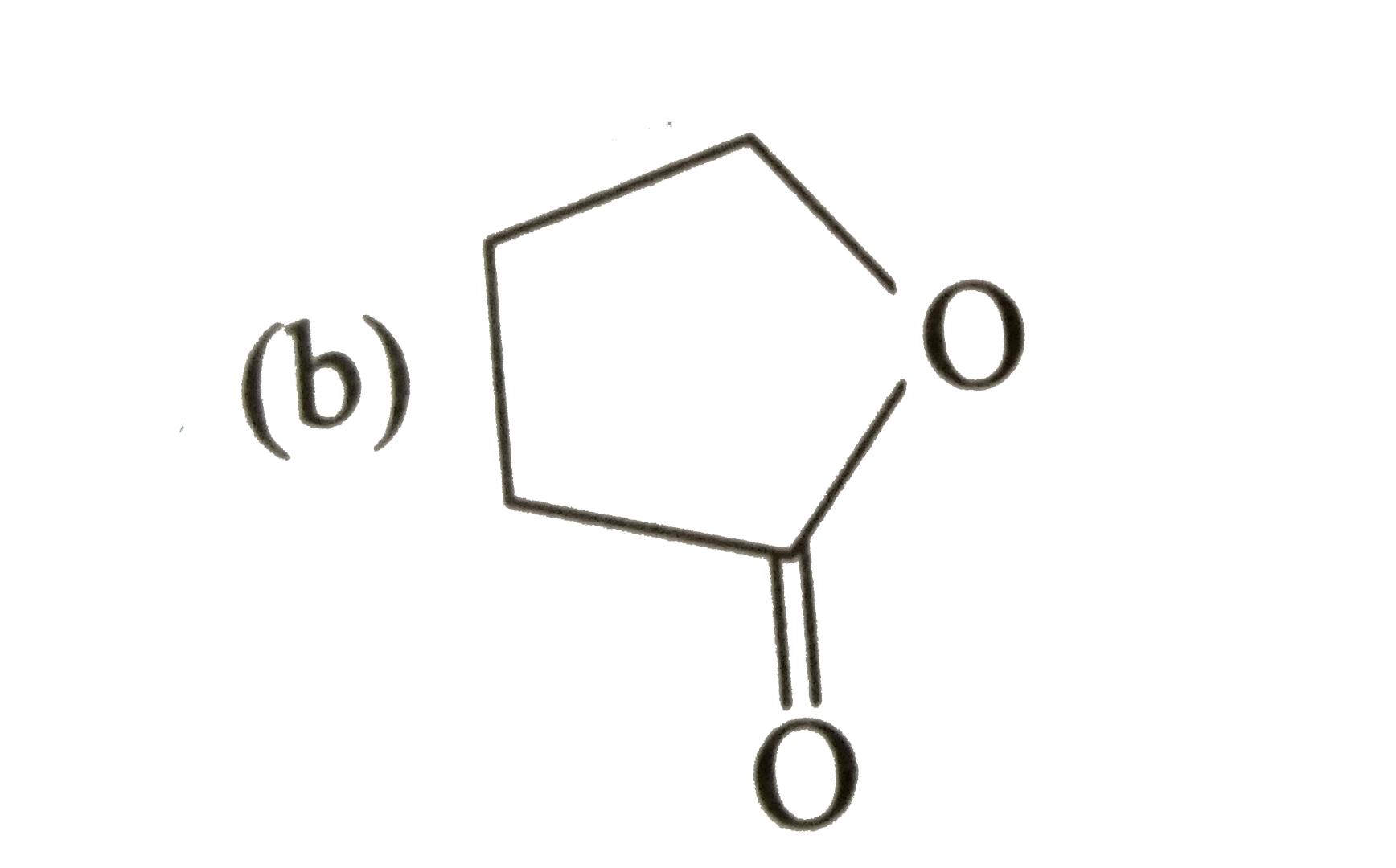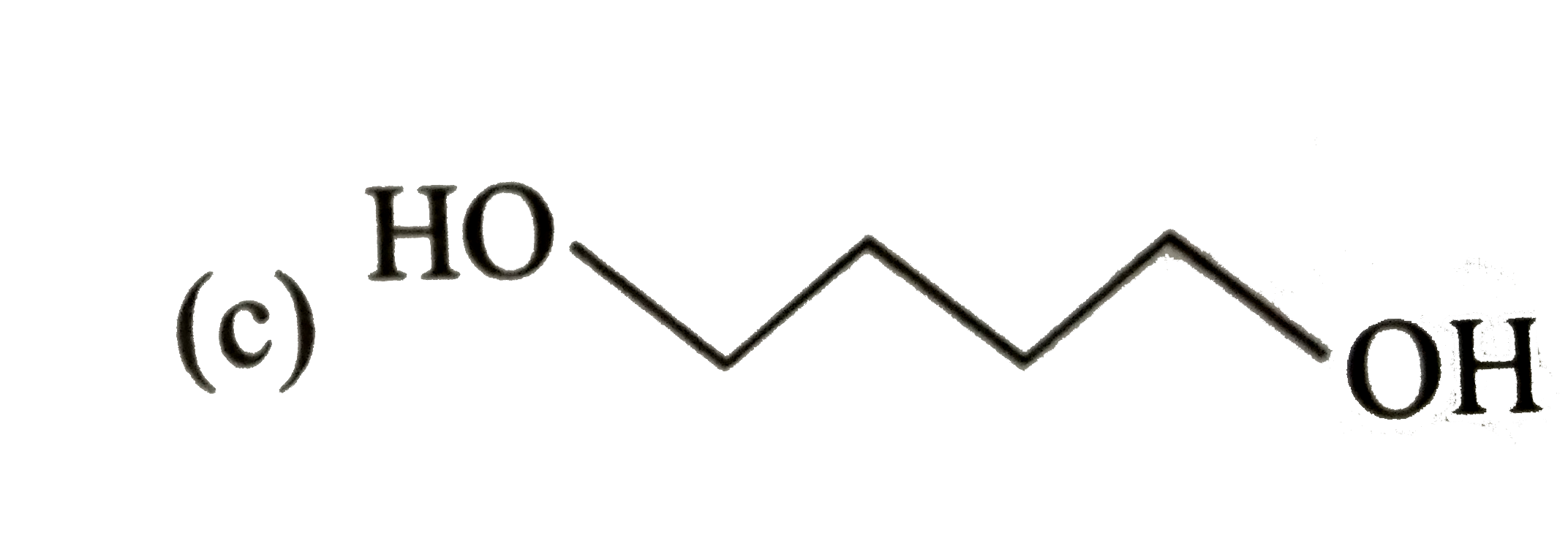Reduction of acetone in the presence of sodium borohydride gives
A
1-propanol
B
2-propanol
C
Propene
D
n-propane
Text Solution
The correct Answer is:B
CH3−O∣∣C−CH3NaBH4−−−−−−−→(Reduction)CH3−OH∣CH−CH32−propanol
|
Topper's Solved these Questions
- ALDEHYDES AND KETONES Book:ERRORLESS Chapter:ALDEHYDES AND KETONES Exercise:Critical Thinking Objective Questions
Explore 21 Videos
- ALDEHYDES AND KETONES Book:ERRORLESS Chapter:ALDEHYDES AND KETONES Exercise:JEE Section Only one choice correct answer
Explore 39 Videos
- ALDEHYDES AND KETONES Book:ERRORLESS Chapter:ALDEHYDES AND KETONES Exercise:Ordinary Thinking (Objective Questions) Preparation
Explore 43 Videos
- ALCOHOL, PHENOL AND ETHERBook:ERRORLESS Chapter:ALCOHOL, PHENOL AND ETHERExercise:JEE SECTION (JEE Advanced 2018) More than one choice correct answer
Explore 1 Video
- ANALYTICAL CHEMISTRYBook:ERRORLESS Chapter:ANALYTICAL CHEMISTRYExercise:JEE Section (Only One Choice Answer)
Explore 36 Videos
Similar Questions
Knowledge Check
Reduction of nitrobenzene, in the presence of Zn and KOH, gives
AhydrazobenzeneBnitrobenzeneCazobenzeneDazoxybenzeneReduction of the lactol's
 with sodium borohydride gives :A
with sodium borohydride gives :A B
B C
C D
D
An isocyanide on reduction with hydrogen in the presence of platinum gives :
AamideBprimary amineCsecondary amineDalcohol
Benzaldehyde on reaction with acetophenone in the presence of sodium sodium hydroxide sodium gives
View SolutionAn isocyanide on reduction with hydrogen in the presence of platinum gives :
View SolutionReduction of nitrobenzene with H2 in presence of platinum gives nitrosobenzene––––––––––––––––.
View SolutionReduction of the lactol S
 with sodium borohydride gives
with sodium borohydride gives
View SolutionReduction of nitrobenzene in the presence of Zn/NH4Cl gives
View Solution
